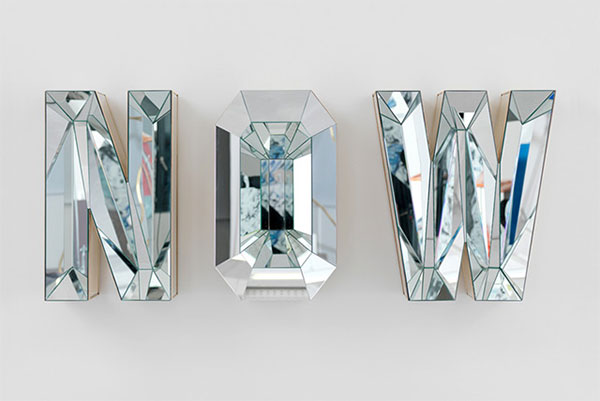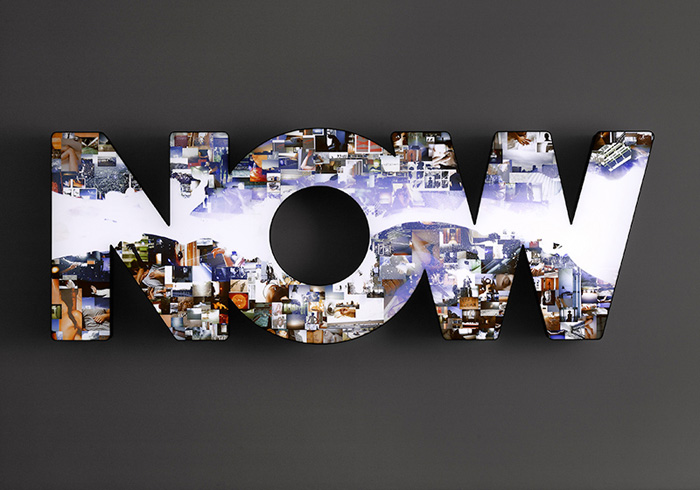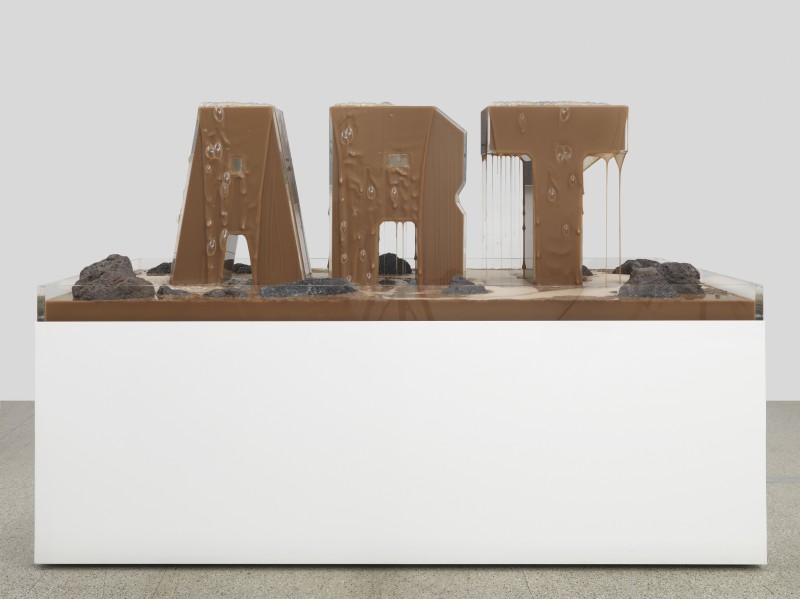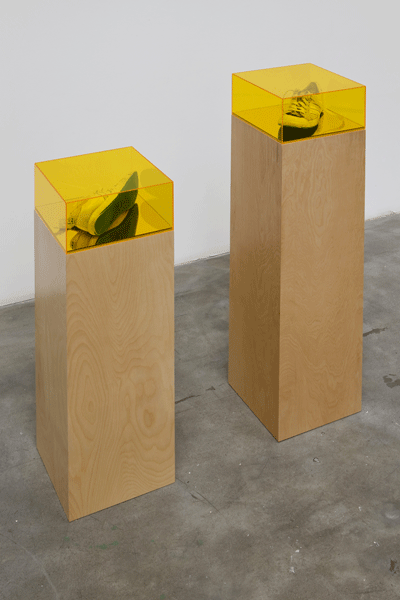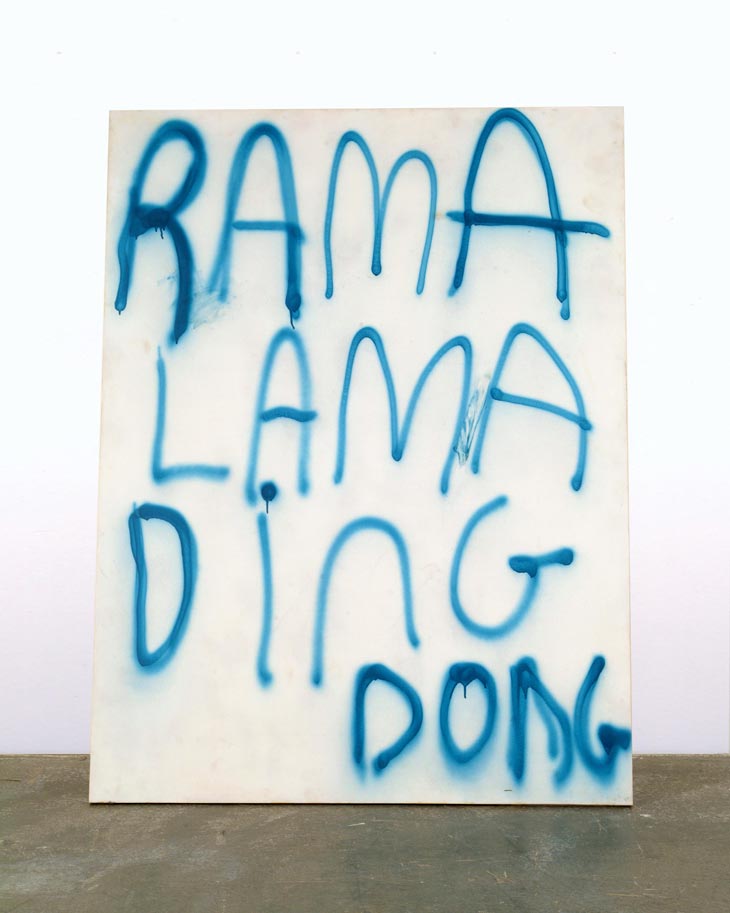Iman Issa, Material for a sculpture representing a monument erected in the spirit of defiance of a larger power, 2010 and Making Places (c-print), Series of ten c-prints, 2007
Iman Issa, born 1979, Cairo, is an artist based in Cairo and New York.
The cryptic work of Iman Issa rarely denotes its subject matter nor reveals the artist’s creative process. In many of her recent projects, there is a tacit insistence that Issa’s materials – which include sculptural objects, photographs and video – speak of far more than their content suggests.
This is also true of Issa’s work in that most content-laden of media: fiction. Her book of one-page stories, Thirty-Three Stories about Reasonable Characters in Familiar Places (2011), which she considers both a work of literature and of art, almost completely omits names, places or adjectives. The stories are more like fragments in which the reader must locate a narrative arc from a brief spark of disappointment, a passing thought or a disagreement between a handyman and his client. Issa’s writing suggests that what ultimately characterizes a situation, event or concept may not lie in its own self-evident, specifically described form or content. Rather, it might extend itself from an association, a memory or an otherwise insignificant detail.
In making a work, Issa often proceeds as though she has a hypothetical relationship to the medium or subject matter, then alters her position during the development of the piece as a tactical measure. For example, in her series ‘Triptychs’ (2009), Issa created the three elements in each work by assuming a different artistic subjectivity in relation to a source. In Triptych #1, for instance, she began with a snapshot she had taken of a bland communal waterfront space. Treating the photograph as though she had never seen it before, Issa then developed a second piece in response. The third work in the triptych was likewise created as though she were unaware of the first two, and had simply imagined the connections between them. Whilst this may seem a curious process to adopt in order to communicate a personal memory or sensation – involving as it does more alienation than proximity – the elements of the triptychs nonetheless resonate with one another.
Her group and solo exhibitions include Trapped in Amber: Angst for a Reenacted Decade, UKS, Oslo, 2009, 7th Gwangju Biennale, 2008, Cairoscape, Kunstraum Kreuzberg/Bethanien, Berlin, 2008 , Making Places, Townhouse Gallery, Cairo, 2008, Look Around, Arte Ricambi, Verona, 2008, Memorial to the Iraq War,ICA, London, 2007. Her video work has been screened at several venues including Tate Modern, London, Spacex, Exeter, Open Eye Gallery, Liverpool, and Bidoun Artists Cinema.










